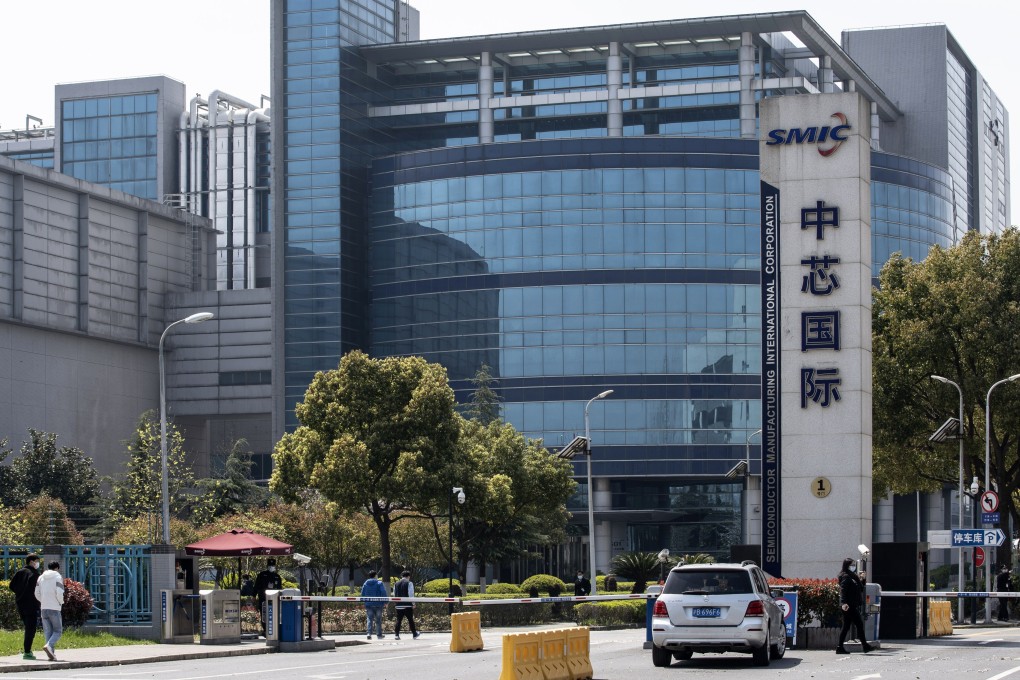China’s top chip maker SMIC in boardroom shake-up after posting record quarterly results amid ongoing semiconductor shortage
- Chiang’s resignation comes only 11 months after he was appointed as executive director and vice-chairman of SMIC, a move that rankled co-CEO Liang Mong Song
- Third-quarter profit was up 25 per cent year on year to US$321 million, but fell by more than half from the second-quarter result, which was boosted by a one-off sale

China’s top foundry Semiconductor Manufacturing International Corp (SMIC) is undergoing its biggest boardroom shake-up since last December, when it was added to a US trade blacklist, with role changes for high-ranking executives including former Taiwanese semiconductor veterans Chiang Shang-yi and Liang Mong Song.
Chiang, who headed research and development at foundry giant Taiwan Semiconductor Manufacturing Co (TSMC) before retiring in 2006, has resigned from all his duties at SMIC, the Shanghai-based foundry said in a stock filing late Thursday night, citing Chiang’s desire to spend more time with his family.
His resignation comes only 11 months after he was appointed as executive director and vice-chairman of SMIC, and a member of its strategic committee, a move that prompted the company’s co-CEO Liang Mong Song to submit a letter of resignation, which was later withdrawn.
Contacted via LinkedIn on Thursday evening, Chiang, 74, told the Post that he will soon go to the US to join his family in the San Francisco Bay Area. “[I] Don’t have any plan other than enjoying retirement life,” Chiang said.
Liang, also a former TSMC senior engineer, will remain in his role as SMIC’s co-CEO but has resigned from the board as executive director.
Zhou Jie and Young Kwang Leei also resigned from the board as non-executive director and independent non-executive director, respectively.